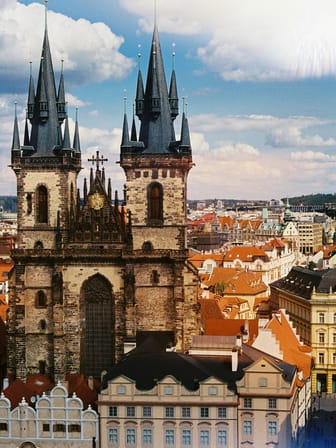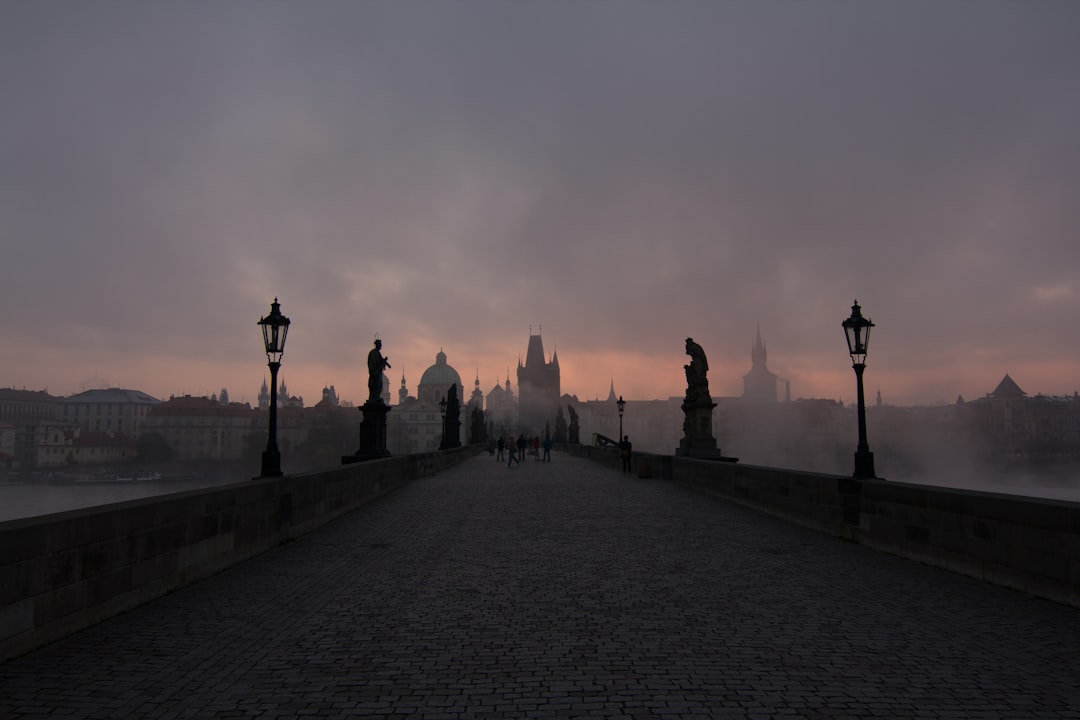Basilica of St. James
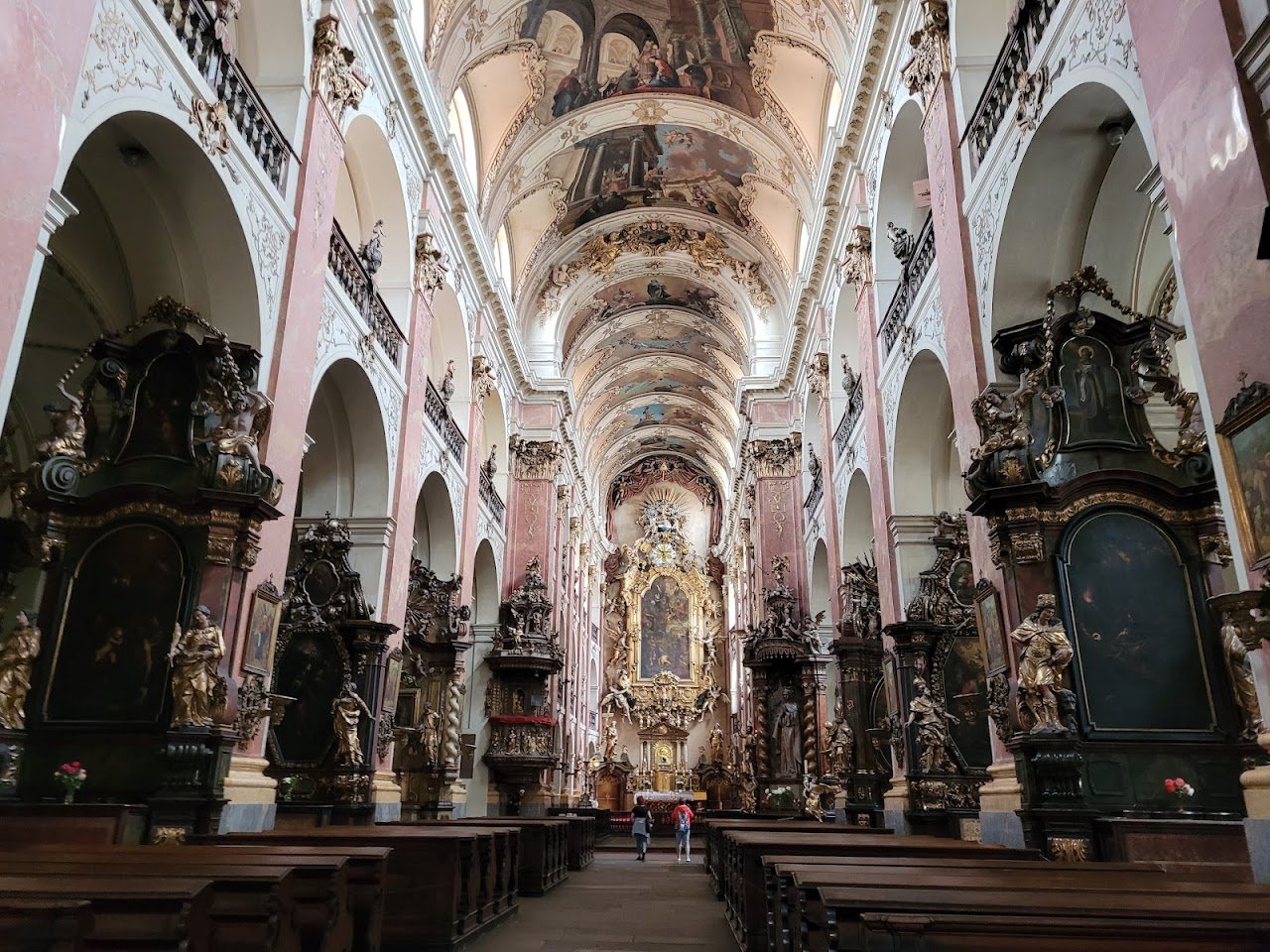
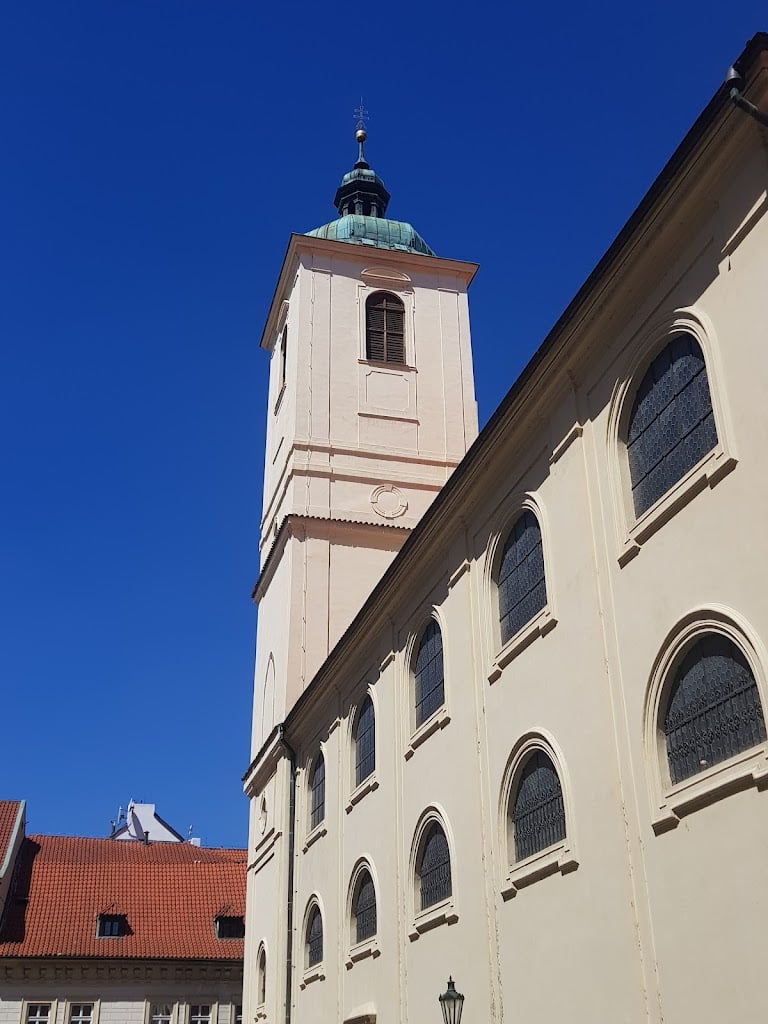

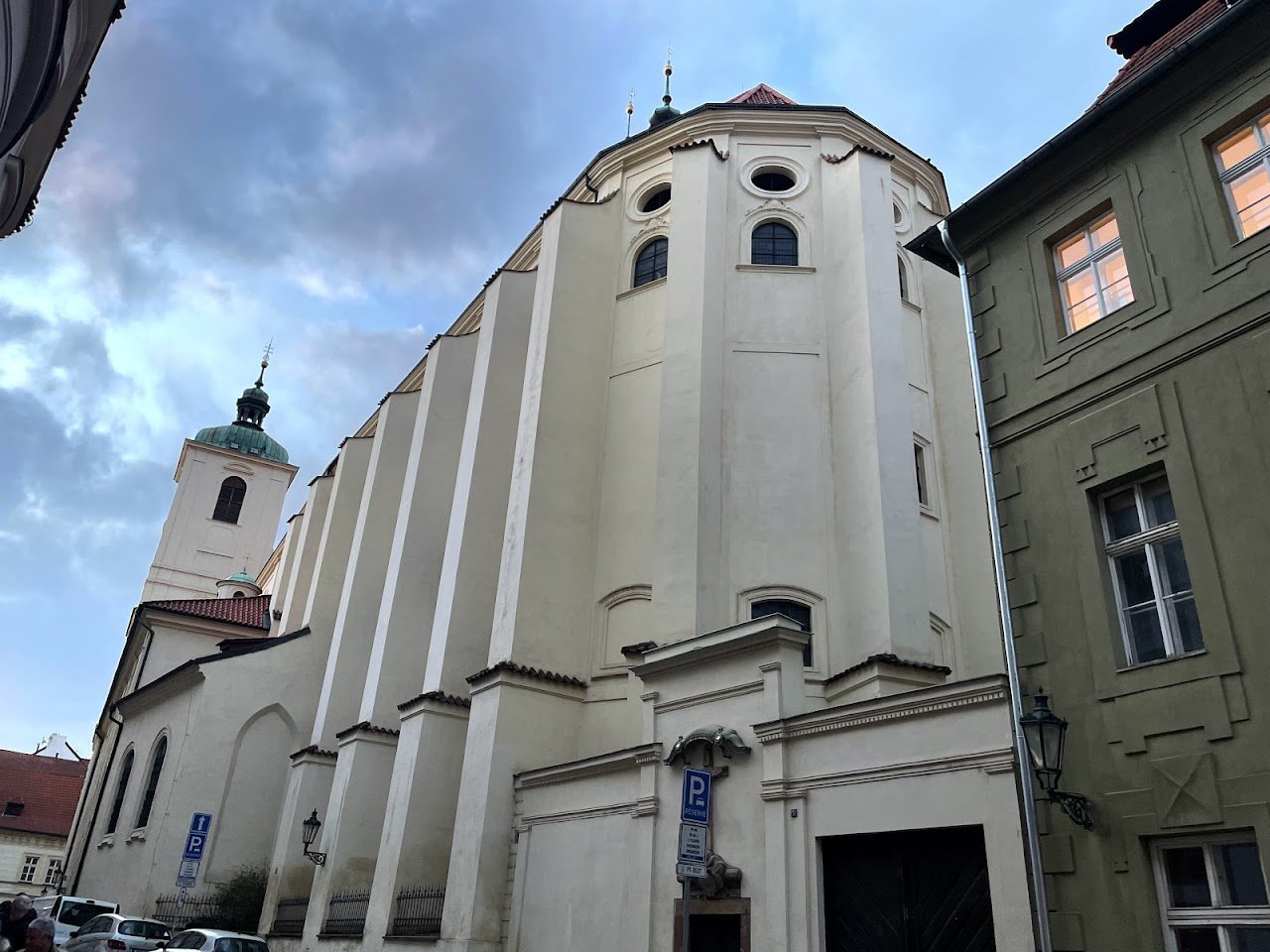
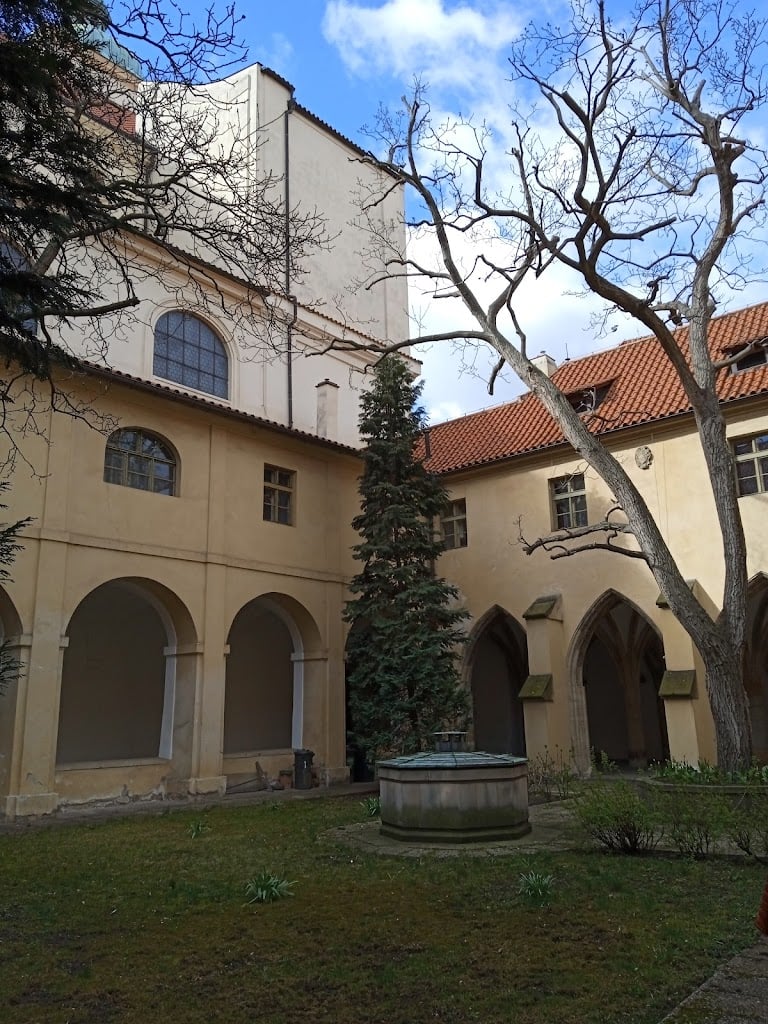
What people say
Pedro Pereira
Available for hire
"The church, originally built in the 13th century for the Franciscans, showcases Gothic architectural style. Its foundation is linked to the acquisition of the relics of Ottokar I of Bohemia, although the specifics of its original design remain unknown due to its destruction in a fire in 1689, allegedly set by agents of Louis XIV of France.
Upon its reconstruction, the church was transformed into Baroque style, featuring over 20 altars. Notable artists, including Jan Jiří Heinsch, Václav Vavřinec Reiner, and Petr Brandl, contributed paintings for these altars. In 1702, an organ was installed, further enhancing the church's musical heritage. In 1974, Pope Paul VI bestowed upon the church the honorary title of minor basilica.
The church serves as the final resting place for Count Vratislav of Mitrovice, the Bohemian Chancellor to Holy Roman Emperor Joseph I, who died in Vienna in 1712. His remains were moved to Prague in 1714 after the completion of an opulent Baroque tomb designed by Johann Bernhard Fischer von Erlach. An intriguing feature within the church is a mummified forearm, located near the tomb entrance. This relic belonged to a jewel thief who attempted to steal from the high altar, adorned with a statue of the Virgin Mary. Legend has it that as he reached for the jewels, Mary seized his arm, leading to its severance by monks.
The church's original organ, crafted in 1705 by the renowned Czech organist Abraham Starka of Loket, has undergone several modifications over the centuries. The first reconstruction occurred in 1754, executed by František Katzer, followed by further updates in 1906 by Josef Černý and Josef Rejna, and another adaptation in 1941 to accommodate modern compositions. The most significant restoration took place between 1981 and 1982, aimed at reviving Starka's original sound, utilizing many of the original pipes while preserving a variety of interesting romantic tonalities. Today, the organ features four manuals, 91 stops, and 8,277 pipes, making it a remarkable instrument in the church's musical tradition."
Read more in:
Alba Casillas
"The Baroque Church of St. James the Greater (or Kostel Sv. Jakuba Vetsiho) in the heart of Prague’s Old Town is the home of a mummified arm and a rumored live burial.
As you enter, take a look to your immediate right. Up by the ceiling, you’ll see a withered black arm dangling by a meat hook. Legend has it that a thief tried to steal the jewels off the statue of the Virgin Mary. When he touched them, the statue reached out, grabbed his arm and held him there until the parishioners (many of whom happened to belong to the nearby butchers’ guild) discovered him. They couldn’t free the thief from the statue’s grasp so they were forced to amputate. As soon as the limb was severed, the statue dropped the arm and immediately returned to her normal pose. The arm was hung from a meat hook in the narthex as a remembrance and a warning and has been there ever since."
Read more in:
Billy Ghicas
Available for hire
"The Basilica of St. James, a stunning example of Gothic architecture, dates back to the 13th century. It features a richly decorated interior with impressive frescoes, a baroque altar, and a famous statue of St. James the Greater.
The statue of St. James in the basilica is famous for its missing hand, which was allegedly severed by a thief who tried to steal the statue’s valuables. The hand was later replaced, and the thief’s actions became a cautionary tale."
Read more in:
Mentioned in these guides
About Basilica of St. James
Get the inside scoop on Basilica of St. James from local experts, travel creators, and tastemakers. Browse genuine trip notes, Basilica of St. James reviews, photos, travel guides, and itineraries from real travelers and plan your trip with confidence.
Phone
Save this spot for later or start mapping out a new trip today
Try our AI Travel Assistant and get instant answers to any questions about your trip.
Ask ThatchGPT
